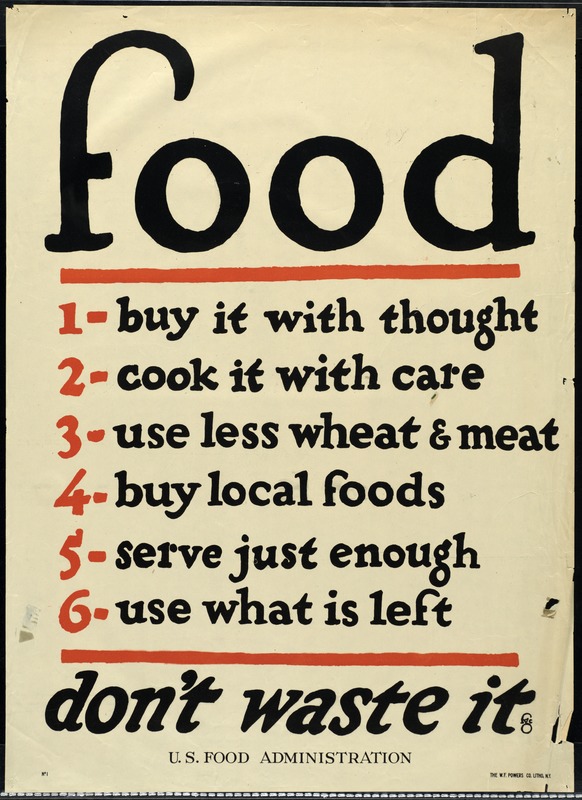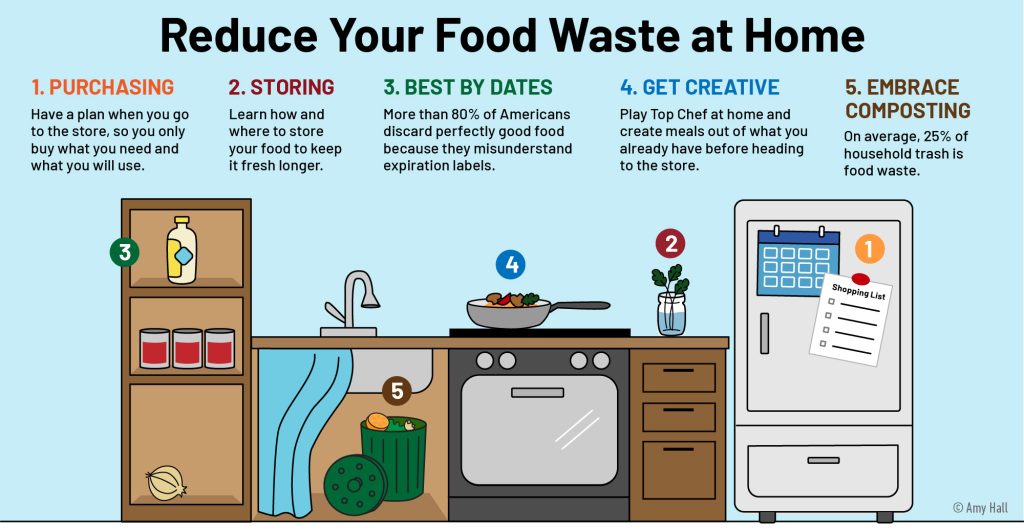Take a Bite Out of Our Climate Crisis
Reducing food waste is my passion. It may sound strange, but I have always been drawn to food climate solutions. When I first took the Project Drawdown training, I was shocked to learn that reducing food waste and shifting to plant-rich diets are the two top climate solutions! In the likely scenario of reaching a 2°C rise by 2100, reduced food waste ranks as the top solution, with plant-rich diets right behind it. Together, they make up almost a quarter of emissions. Why weren’t more people talking about this?
Solar panels, wind turbines, electric vehicles, and heat pumps are all great opportunities to reduce carbon emissions, but there are many barriers. Some are quite costly, they may require rare components, and some simply aren’t accessible. However, choosing how and what we eat every day is something almost everyone can do, while also saving money by implementing these solutions. Most families lose $1500 per year on food that is wasted!
The idea of reducing food waste and consumption is not new, and during WWI, the U.S. government promoted it as a patriotic effort in wartime posters.
First of all, why is reducing food waste so important? When food is wasted, the land, water, energy and labor resources that it took to produce, store, package, distribute and sell this food is lost as well.
Not only that, if we reduce food waste by just 50%, we could end world hunger. This is a global issue, but in the United States alone, we are throwing away 35% of our food supply each year, up to 1,000 pounds of food per person!
The other big issues with wasting food, particularly those linked to animal agriculture, include deforestation (reducing carbon sinks) and greenhouse gas emissions, particularly methane, from industrial animal agriculture and food waste decomposing in landfills. There are so many reasons to address this complex and interconnected issue. Fortunately, we know what needs to be done, it is not difficult and can be implemented immediately. We all can work together at every level of the supply chain.
Let’s start where we can: in our homes. Preventing food waste from happening at all is the most important step. I’ve created this graphic with 5 steps to start. If your refrigerator is overstuffed, it will make it very difficult to see all the food you have available and can result in spoilage. How can you use up all the food you already have before buying more? Learn to love your leftovers and/or use your freezer more often. If you know you won’t be able to eat something in time, give it a second chance by freezing it. Think about stir-fries, soups, and smoothies as a way to use all your food. Check out this guide to learn more tips to save money and reduce your food waste. If you are concerned about emergency supplies, invest in canned food and dry goods and keep an eye on their expiration dates.
Illustration: Amy Hall / TripleWin Advisory
Once you have a handle on reducing food waste at home, look around to see where else you can reduce food waste. There may be ways you can help reduce food waste at your work, or your kids’ schools, or in other community organizations. Reducing food waste is an easy and important climate action we can all get involved in!
Amy Hall is a graphic artist and sustainability consultant working on reducing food waste in manufacturing through her work with TripleWin Advisory.


